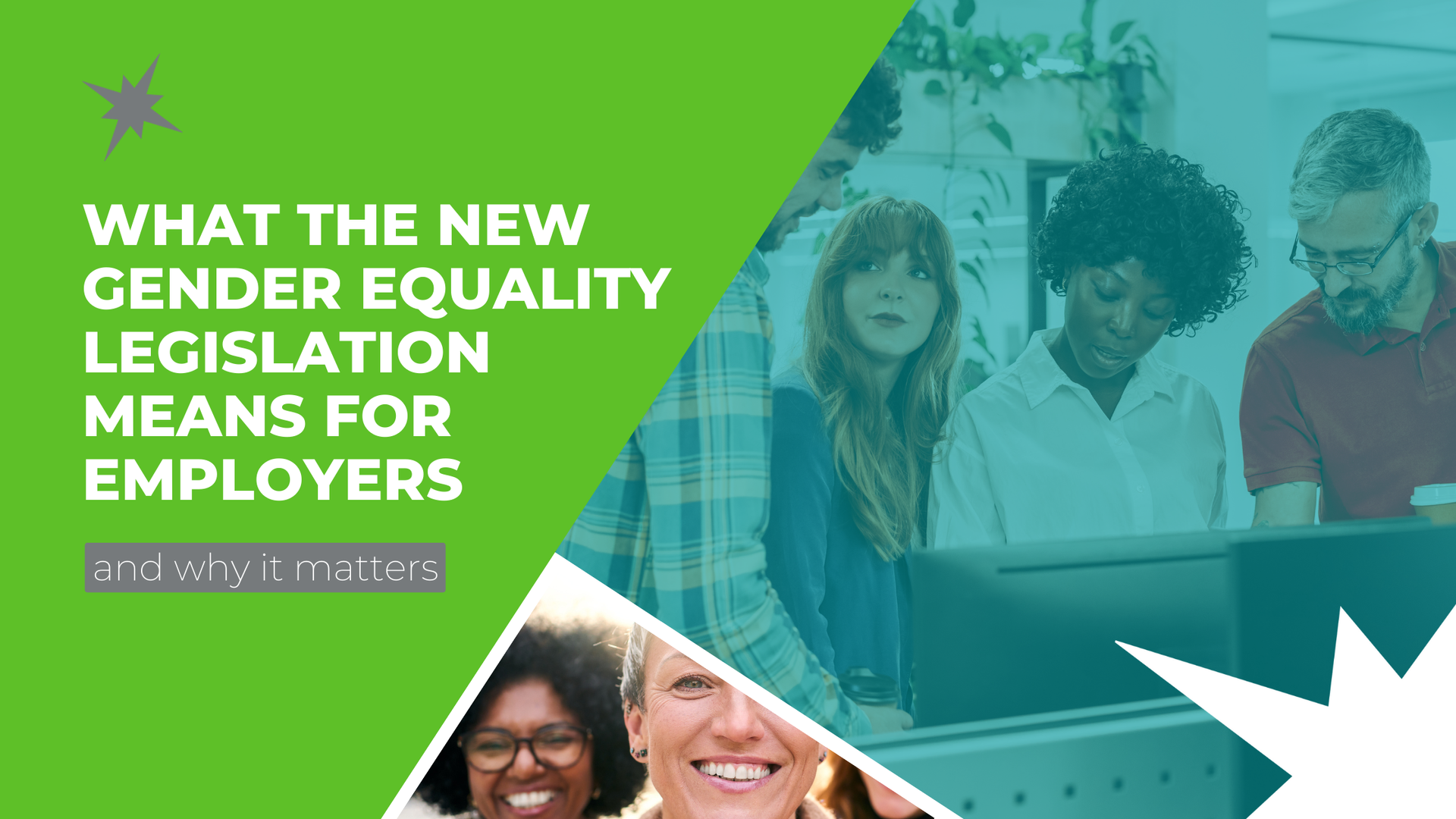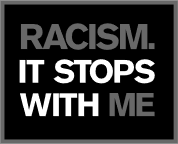Diversity & Inclusivity Statement
Our Commitment to Diversity
The only barrier to success should be your own ambition, nothing else. That’s why we are committed to enabling underrepresented minorities, including members of the Indigenous community, the LGBTQIA+ community, people living with disabilities and women, to access the opportunities they deserve across the Australian tech industry.
To ensure we live up to our promises, we've embedded diversity in our everyday activities:
- Partnerships - Working with external customers and suppliers who support and reflect our diversity and inclusivity initiatives.
- Accountability - Holding ourselves and our partners to the highest standards.
- Communication - Making sure that everything we say and do embodies our commitment, and never losing focus.
Powered by Empowered People
The collective is at its strongest when each of us has the confidence to boldly be ourselves. At Enterprise IT Resources, the environment of trust we have built empowers our people to help shape our company strategy, make positive contributions in their communities (we provide three days of paid leave every year for this very purpose), and continuously grow as professionals.
Our internal practices:
- Everyone who joins the Enterprise team undergoes diversity training and is encouraged to embrace their own and their colleagues' uniqueness.
- Diversity training encompasses raising awareness about issues surrounding diversity and developing diversity management skills.
- We continually review our diversity policy to ensure it meets and exceeds the employment market standard.
Inclusive Recruitment
Pursuing inclusivity isn't just the right thing to do, it's one of the driving forces behind our own success and that of the recruitment processes we manage. We are committed to building diverse and inclusive workplaces for our clients, that promote engaged and committed teams made up of individuals who feel connected to the mission of their organisation.
We ensure everyone in our team is trained to understand the impact that unconscious bias can play and has the knowledge required to ensure this is mitigated both in our own processes as well as our clients'.
Supporting Causes that Safeguard Cultures
As a business and as individuals, we proudly support causes which align with our values, giving our time to organisations that are helping to preserve and strengthen cultures and communities.
Racism Has No Place in Australia
Despite the strides we continue to make as a society, racism still exists and wherever it does, it poses a threat to fairness and equality of opportunity in our community. We are proud supporters of the national Racism. It Stops With Me campaign, devised by the Australian Human Rights Commission and endorsed by more than 400 organisations across the country.
Recent Blogs


All content copyrighted Enterprise IT Resources © All rights reserved | Privacy Policy | Collection Statement | Powered with 💚 by Shazamme





